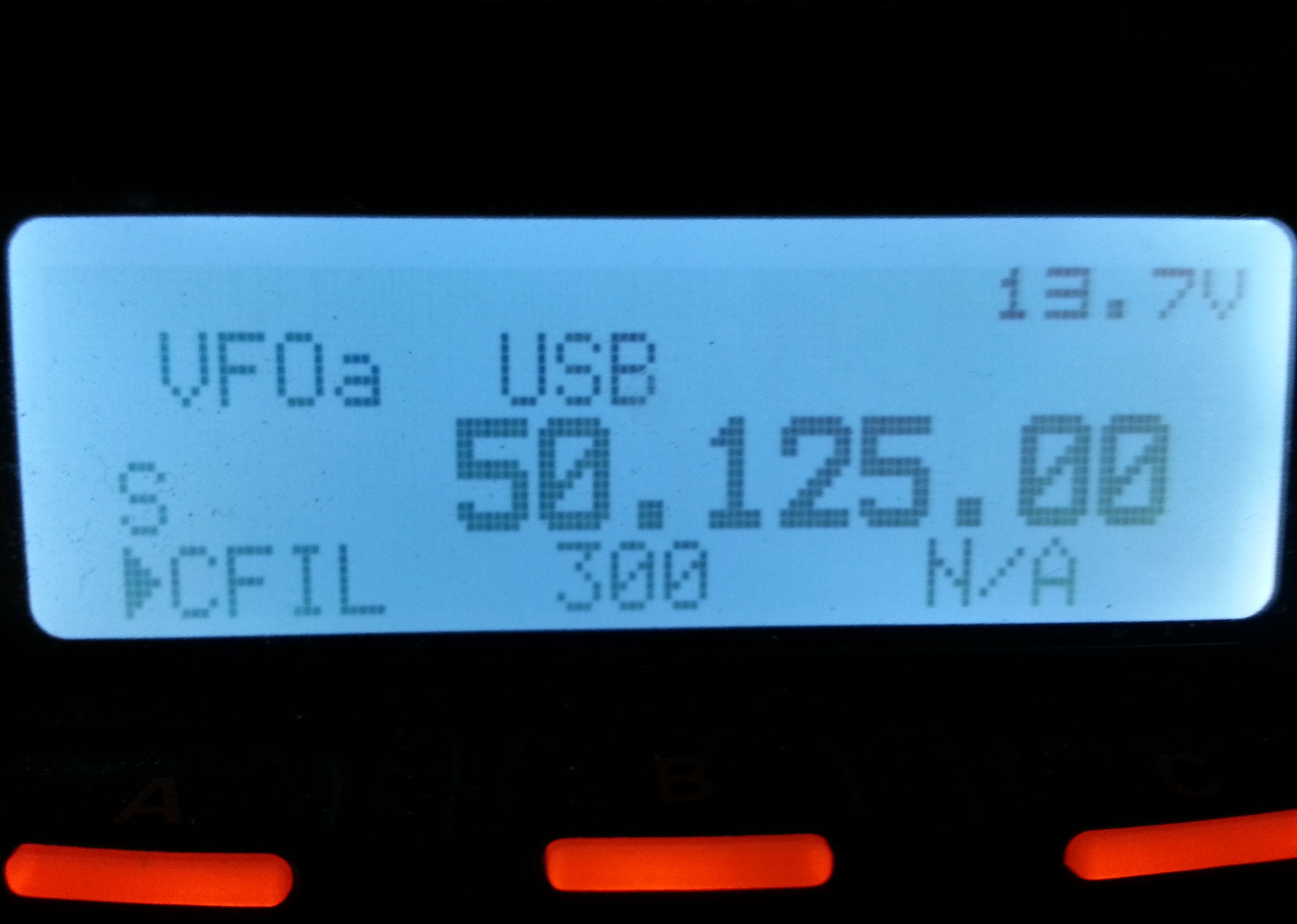6-meter band
 The 6-meter band is the lowest portion of the very high frequency (VHF) radio spectrum (50.000-54.000 MHz) internationally allocated to amateur radio use. The term refers to the average signal wavelength of 6 meters.
The 6-meter band is the lowest portion of the very high frequency (VHF) radio spectrum (50.000-54.000 MHz) internationally allocated to amateur radio use. The term refers to the average signal wavelength of 6 meters.Although located in the lower portion of the VHF band, it nonetheless occasionally displays propagation mechanisms characteristic of the high frequency (HF) bands. This normally occurs close to sunspot maximum, when solar activity increases ionization levels in the upper atmosphere. Worldwide 6 meter propagation occurred during the sunspot maximum of 2005, making 6 meter communications as good as or, in some cases and locations, better than HF frequencies. The prevalence of HF characteristics on this VHF band has inspired amateur operators to dub it the "magic band".
In the northern hemisphere, activity peaks from May through early August, when regular sporadic E propagation enables long-distance contacts spanning up to for single-hop propagation. Multiple-hop sporadic E propagation allows intercontinental communications at distances of up to . In the southern hemisphere, sporadic E propagation is most common from November through early February.
The 6-meter band shares many characteristics with the neighboring 8-meter band, but it is somewhat higher in frequency. Provided by Wikipedia
